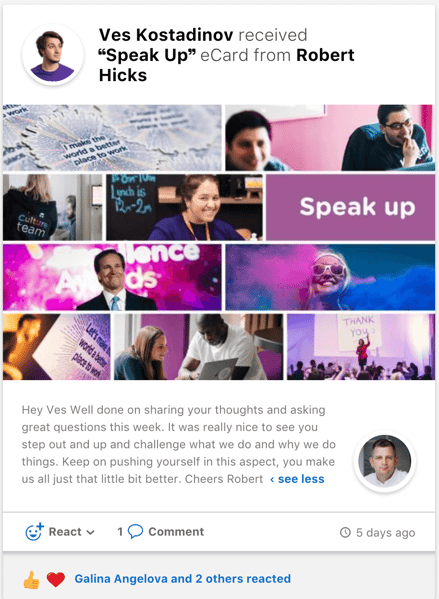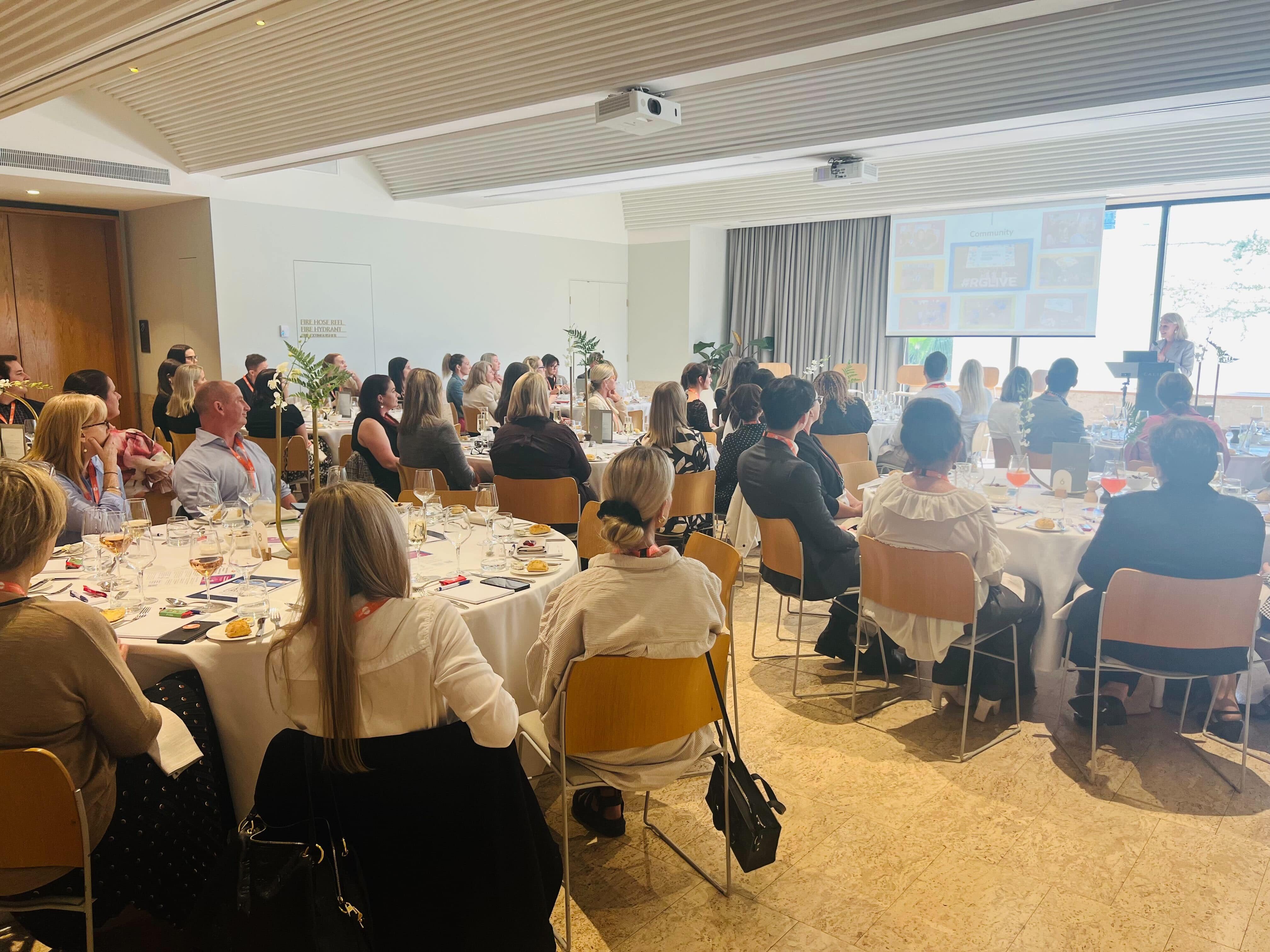It’s an all-too common mistake that HR professionals make — all the effort of running an employee survey is put into the beginning of the process; designing the survey, selecting the questions, setting it up, and there’s a whole campaign to get your people to respond. But what happens after the results are collected?
If the results aren't quite what you were expecting, it can be tempting to put the results and findings in a drawer and acted like it never happened.
But ignoring your problems don't make them go away. The employees who took the time to share honest feedback about how they felt in that workplace felt ignored, that their ideas were dismissed and now, their trust in the leadership team lowered. And that's hardly a formula for better employee engagement.
While we don't like receiving poor feedback, the purpose of an Employee Engagement survey is to understand where the company currently is and where it's employees would like it to be. What do we do well and what can we do better?
Communicating survey results doesn’t have to be tricky - even if your findings are less favourable than you originally anticipated them to be.
Providing your people with a clear picture of what is happening in your business is one of the best opportunities to connect with them and reinforce your purpose, mission and values, how your tracking against your goals, and your ongoing commitment to employee engagement. Here are a few principles to follow when it comes to giving your employees feedback about their feedback.
-1.jpg?width=500&name=shutterstock_644151571%20(1)-1.jpg)
Set a specific timeline for communication - and stick to it!
When employees respond to a survey they do so with the understanding and faith that someone is going to read the feedback — whether that’s HR or the leadership team. If you don’t acknowledge or explain the results, you aren’t holding up your half of what is meant to be a two-way conversation.
We recommend sharing results within a month after the survey is completed and sharing them in a collaborative dialogue as small groups (business units, departments, etc.) vs. a top-down presentation. If that timeframe just won’t work for your organisation, share a high-level summary (e.g., through an email – or, better yet, a video – from a leader) and set expectations for when you will have further discussion about the results.
Staying silent might seem like a safer option, but it certainly isn’t if it means your employees lose trust in you.
If the last your people hear about the survey is a “thanks for participating,” it reinforces the idea that employee surveys are just a box you’re ticking. Instead, starting a conversation about the outcome of your survey shows your people you recognise improving culture and employee engagement is a journey, and you and your leaders are committed to taking steps to move your organisation forward.
Manage employee expectations with clear messaging and next steps
So your survey had a good response and your employees felt safe enough to respond candidly about their employee experience. What a great result your survey has shown already! You have people who are invested in your business and want to see things change. They are employees who want to see proof that you (and the leadership team) listen and value their perspective, and are waiting for evidence that you will take action.
| Here are three elements your survey communications should include: |
| An overview of the employee survey and the results: Highlight where your business has really shown growth and success, while acknowledging that your organisation (like all!) have gaps that need addressing. |
| An action plan and prioritised list: Detail what your organisation will focus on moving forward. Explain to your people that you may not be able to directly change or affect every issue raised, you’re aware those issues exist (thanks to their feedback!). |
| A clear expectation of when to hear back about the next step: For example, “You’ll get another email in 2 weeks explaining XYZ”, and remind them (and yourself!) - this is the start of an ongoing process of improvement. |
Make sure to do what you say you will in order to build trust that employees’ feedback is valuable and listened to. There are many ways to do this, like highlighting what you’ve done from the last survey, sharing plans for acting on feedback or having conversations with your team in a timely manner.
Empower and encourage your leaders
Support for change needs to come from the top down, so it’s important that your leaders are across the survey results and have the information they need to tackle questions their employees are likely to ask. That may mean creating a summary of results or key findings for managers, and scheduling time in to debrief and get them across your plans. Maybe your leadership team are the ones delivering the findings, sharing the results and the action plan. By doing this you are reminding the whole company that you are all focussed on change.
Celebrate wins and recognise the people who made that possible
Don’t be afraid to make a big deal about what your people have achieved to date, especially since the last survey! Put together a creative employee communications campaign to get their attention — the more engaged they are in the positive survey results, the more they’ll want to maintain that momentum. Announce these things at a town hall meeting, publish a blog post on your internal communications platform, and identify the employees who have contributed.
You can extend the momentum of the survey results by using the moment to recognise employees who were key players in the results, for instance, someone who championed a new mentoring program or spoke up about an idea for a new benefit.

The key to any communication strategy for any company (survey time or not) is to encourage the dialogue, keep them informed and treat them with respect.
Use this opportunity to emphasise what you want to keep doing so you maintain those highs.
Give people opportunity to give continual feedback
Instead of waiting until the next annual employee survey to check back in with your people, look for ways to encourage people getting involved and talking, whether that’s through one to one or team feedback, dedicated town hall meetings, an email address to submit questions to, or socially, via comments and tagging on internal blog posts. It’s also a good idea to arrange regular pulse surveys so you can monitor improvement on specific areas.
While it’s important not to have a knee-jerk reaction to employee feedback, the best outcome is to give them as much information as you can while you’re seeking the best, long-term solution.
There is no silver bullet or magic recipe to employee engagement, so don’t hold off from communicating with your people while you look for it. Instead, let them journey with you by keeping them well informed as you take each step forward.
 Catrin Lewis
Catrin Lewis



